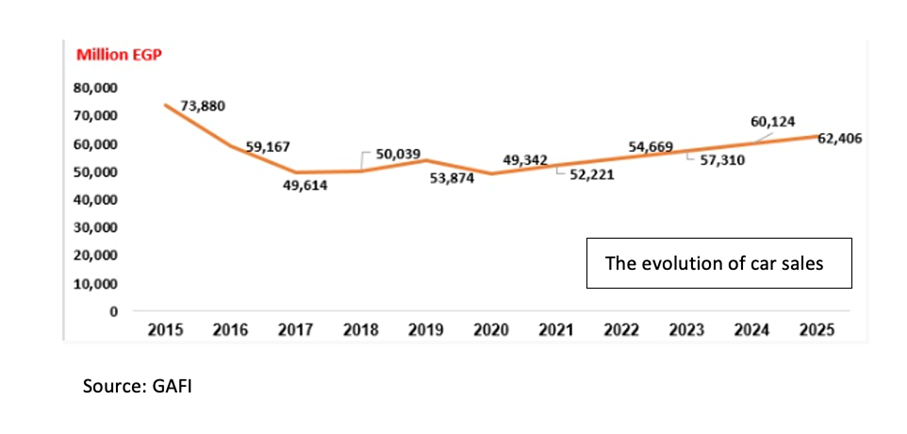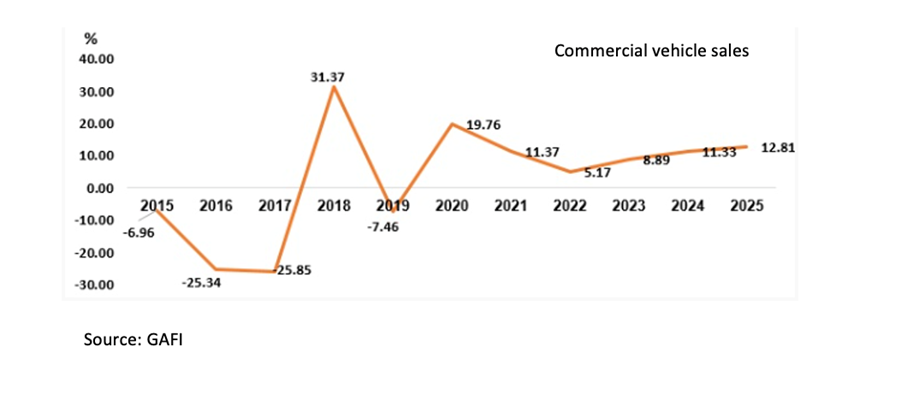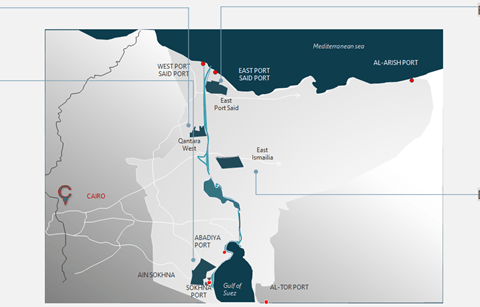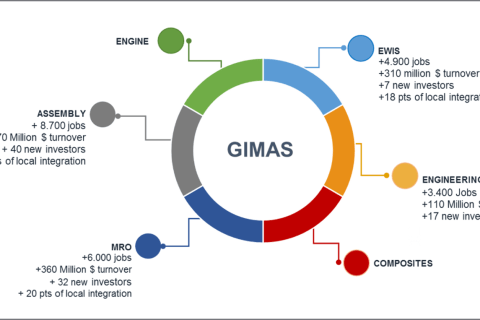
After decades of reliance on vehicle imports, Egypt is firmly committed to a strategy of reindustrializing its automotive sector. The country aims to become a major regional player, leveraging a vast domestic market (over 100 million inhabitants) and structural projects related to the energy transition.
- Flagship industrial projects
The Egyptian plan is structured around several axes:
-
- Revival of local production: after years of slowdown, local assemblers such as GB Auto, Nasco, and subsidiaries of foreign brands (Nissan, General Motors) have revived activity.
- Electric vehicle (EV) sectorThe government has launched an ambitious program to produce affordable EVs locally. An agreement with Chinese manufacturer Dongfeng provides for the assembly of an initial range of electric cars under the “Nasr EV” brand using the modernized facilities of the former state-owned company El Nasr Automotive. The initial goal is to produce 25,000 electric vehicles per year, with a gradual ramp-up.
- Development of a battery ecosystem: partnerships are underway to set up factories for the manufacturing of batteries and electronic components, an essential link for the EV sector.
- Support infrastructure
Automotive projects are accompanied by major logistics and energy projects:
-
- Charging station network: a target of more than 3,000 charging points by 2025 in major cities and on major roads.
- Specialized industrial zones: the Suez Canal Economic Zone and the industrial parks of Cairo and Alexandria host subcontracting and spare parts production projects.
- Modernization of ports (Alexandria, Port Said): to streamline imports of components and future exports.
- The sustainable transition
Egypt is building on its “Vision 2030” plan to make the automobile industry a pilot sector for the green transition:
-
- Tax incentives for the purchase of electric and hybrid vehicles (reduction of customs duties, subsidies).
- Calls for tenders to equip public fleets (buses, taxis) with electric vehicles.
- Development of solar projects to power production units and the charging network.
- Ambitions for 2035
The country aims to:
-
- Annual production of 500,000 vehicles of all engines combined.
- A central place in regional trade thanks to its trade agreements with Africa, Europe and the Middle East.
- The development of an innovation center around electric and connected vehicles.
Egypt is thus demonstrating its desire to catch up on its industrial backwardness, by relying on the dual dynamics of industrial revival and sustainable mobility.






